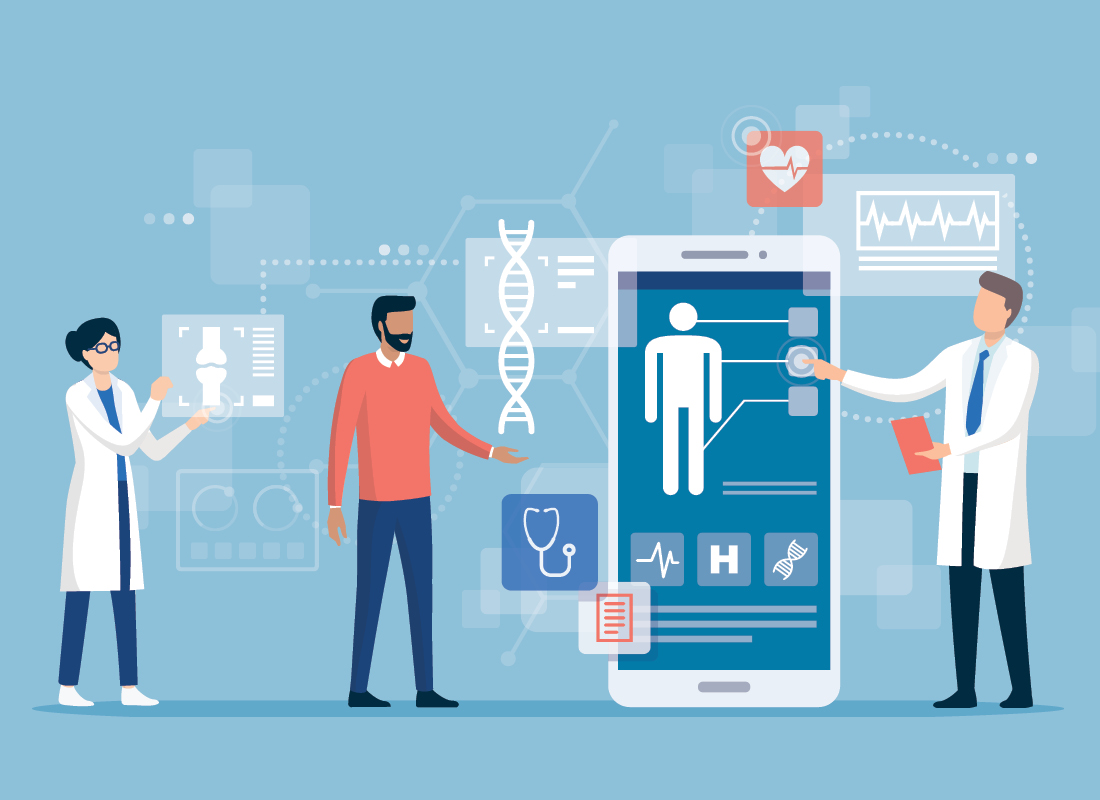A 21st Century Response to the Cures Act
Patients’ unfettered access to complex test results can lead to confusion and distress—but generative AI can help.

Subscribe to Clinical Diagnostics Insider to view
Start a Free Trial for immediate access to this article